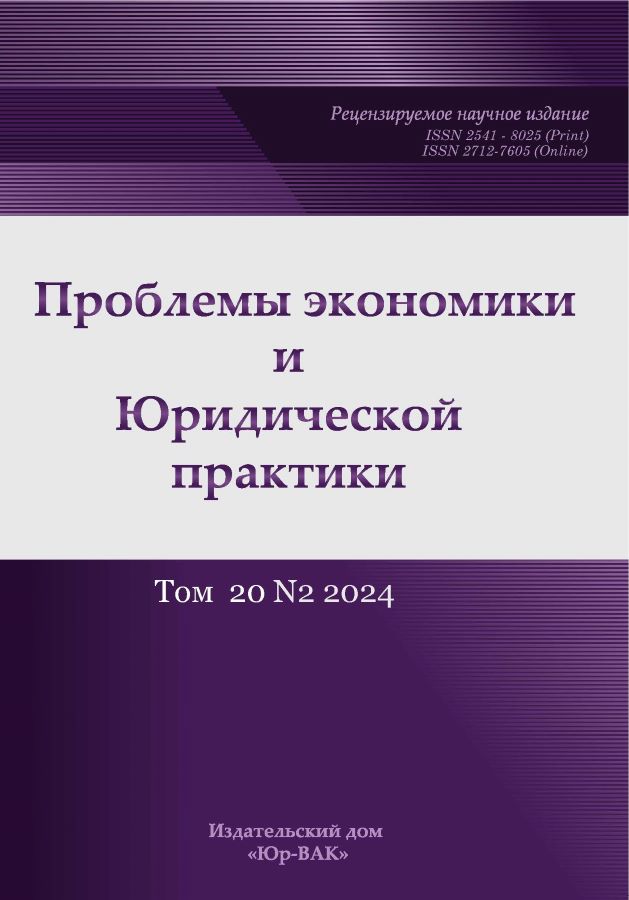Budgetary Methods of Stimulating Tourism Infrastructure
- Authors: Frumina S.V.1,2
-
Affiliations:
- Plekhanov Russian University of Economics
- Financial University under the Government of the Russian Federation
- Issue: Vol 20, No 2 (2024)
- Pages: 277-282
- Section: Finance
- URL: https://journals.eco-vector.com/2541-8025/article/view/633854
- EDN: https://elibrary.ru/WFTGRM
- ID: 633854
Cite item
Abstract
The purpose of the article is to analyze budget measures of a simulating nature that affect the development of tourist infrastructure. The article examines the stages of adoption of strategic planning documents aimed at the development of the tourism industry, and highlights key milestones demonstrating an orientation towards infrastructure facilities. Violations in the financing of infrastructure projects are highlighted. The research methodology is based on general scientific methods of cognition and includes elements of comparative analysis. The conclusions are that it is necessary to include indicators reflecting quantitative characteristics of the development of tourist infrastructure in strategic planning documents.
Full Text
About the authors
Svetlana V. Frumina
Plekhanov Russian University of Economics; Financial University under the Government of the Russian Federation
Author for correspondence.
Email: frumina@mail.ru
ORCID iD: 0000-0001-5143-9417
SPIN-code: 9150-5488
Scopus Author ID: 57191577035
Cand. Sci. (Econ.), Associate Professor, Associate Professor of the Department of Public Finance, Faculty of Finance, Associate Professor of the Department of World Financial Markets and Fintech
Russian Federation, Moscow; MoscowReferences
- Aabushenkova M.V. Search for promising directions for the development of outbound tourism in the context of sanctions restrictions // Proceedings of the Southwestern State University. Series: Economics. Sociology. Management. —2022. №12(5). pp. 181–189.
- Buzdalina O.B. Improvement of individual approaches to public administration of budgetary funds // Audit statements. —2023. —№.4. pp. 59–63.
- Demidova S.E., Bernikova A.M. Comparative analysis of elements of the tax expenditure management system in Russia and foreign countries // Bulletin of Economics, Law and Sociology. —2024. —№1. pp. 17–21.
- Ermolovskaya O.Yu. The model of choosing banking products for investing regional companies in the tourism industry // Self-government. —2014. —№ 4. pp. 93–98.
- Istomina N.A., Letov P.I. Monitoring the financing of national projects in the regions of the Ural and Siberian Federal districts // Siberian Financial School. —2023. —№2. pp. 24–32.
- Pogorelova N.V. Theoretical approaches to the study of the concept of «Tourist infrastructure» // Problems of modern economics (Novosibirsk). —2011. —№ 5. pp. 57–61.
- Shmigol N.S. International experience in the application of measures and instruments of budgetary policy to stimulate economic growth // Financial life. —2020. —№2. pp. 45–52.
Supplementary files














